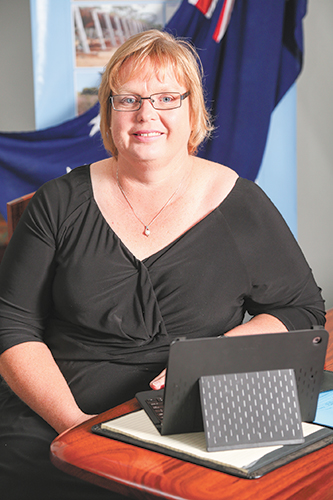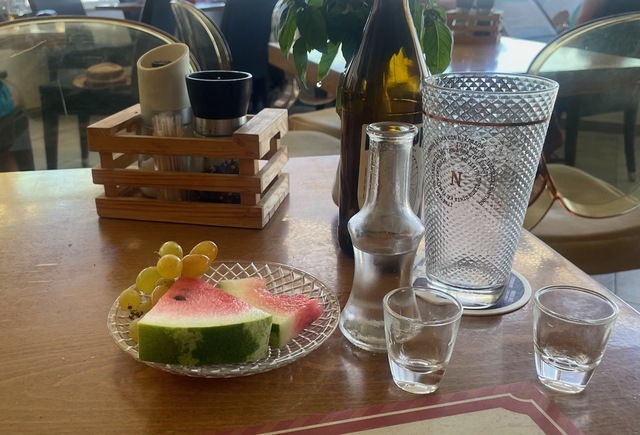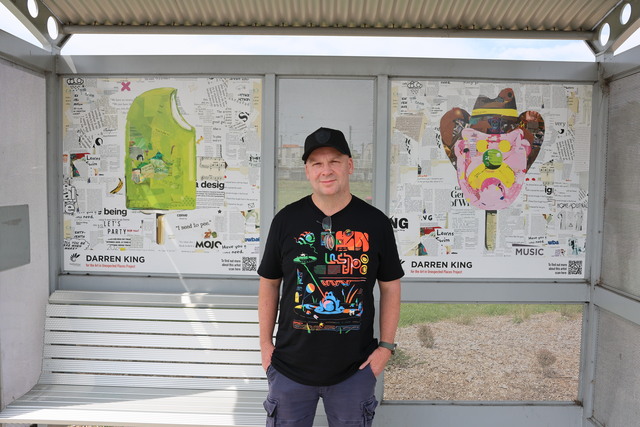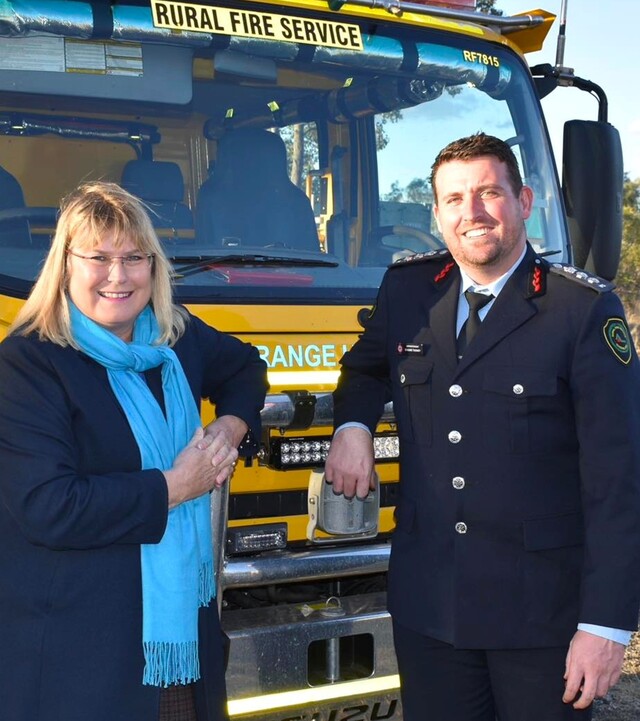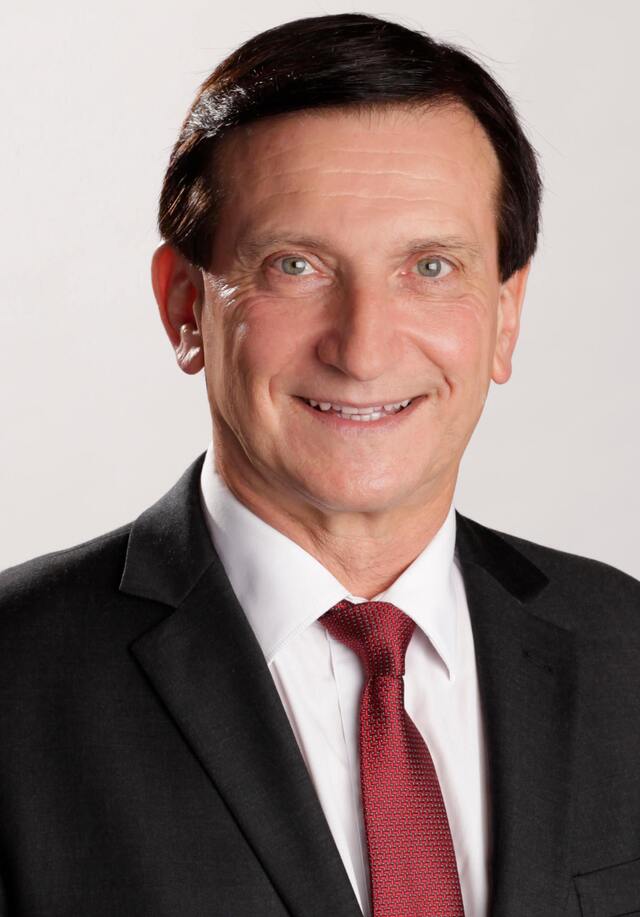Yilgarn Shire in Western Australia is 30,720 square km in area and has a population of approximately 1300. The Yilgarn is known by many as the gateway to the Wheatbelt and the Goldfields.
The name “Yilgarn” is Aboriginal for “white stone or quartz”.
The two major industries in the area are mining and farming. Gold, gypsum, salt and iron ore are mined, while grain, wool, sheep, cattle and pigs are the focus of the rural industry.
The co-existence of mining and agriculture has balanced the Yilgarn economy, with the two (economies) supplementing and complimenting each other through their respective boom and bust cycles.
I love the natural beauty of the area, watching the changing of the seasons from the dry dusty summer, to the cold winter with green crops, spring with the wild flowers and canola crops.
Karalee Dam is a lovely spot to visit and a favourite place of mine.
In my leisure time I enjoy walking and gardening, also water aerobics during the summer months.
A decade of service
I had been approached on numerous occasions for previous elections by councillors of the time who thought I could contribute. I had been an active member of the community on sporting committees and the hospital board. In 2007 I was elected as a councillor.
I joined council in the hope that I could contribute in a positive way. Upon joining I was the youngest member and the only woman councillor at the time.
My day time job is running the office of my partner’s mechanical business.
Working for my partner in his small business allows me to view the impacts local government decisions have on the community and local businesses, which includes the farming community whose business we service.
My role also allows the community to give me feedback on any relevant issues they have from time to time.
Costs versus expectations
Local government’s challenges are many and varied in today’s complex world. This is the same for all levels of government I’m sure.
Funding for rural councils with declining populations will always be a challenge but I believe we offer an excellent level of service to our community.
Cost shifting from state to local government is another challenge.
Also, the community’s expectation of what we should be delivering while keeping rates at a minimum and with funding being eroded, state and federal government priorities which affect policy and statutory requirements that impact on costs.
The changes we face in society present another challenge, the impact of technology for example – machines are bigger so less people are required in both mining and farming industries.
People want connectivity 24/7 at the fastest possible speed.
The tradition of volunteering for events and clubs is declining, people don’t want to or are not able to give up their time, so the expectation is that council should deliver those services to the community.
Community’s voice
One of the innovative projects Council has undertaken is to investigate the use of drones for managing bushfires. This request came from our volunteer bush fire brigade.
My main satisfaction from being a councillor comes from seeing projects that the community have requested come to fruition.
On the reverse side is the time impost my position as President has on my partner’s business.
I would not be able to carry out my role if it was not for my partner’s support of both myself and the position of Shire President.
I do not believe the community totally understands his contribution, especially the financial impact on his business. He employs a part-timer to assist in my absence which can be as much as three days a week at times.
What is success
If as a shire we can offer our residents a safe, liveable community with well-maintained facilities and roads that they can live, work and play in, I believe we will have succeeded.

